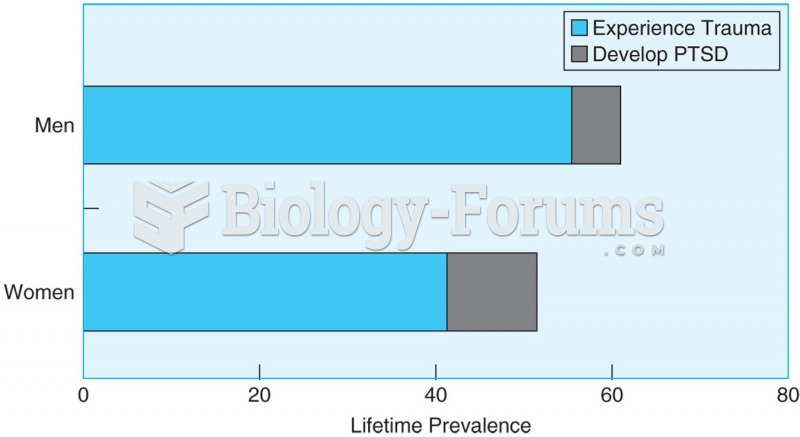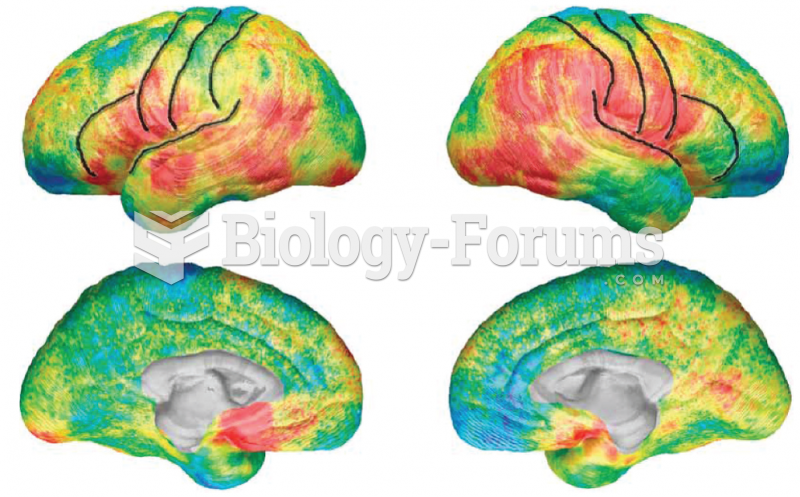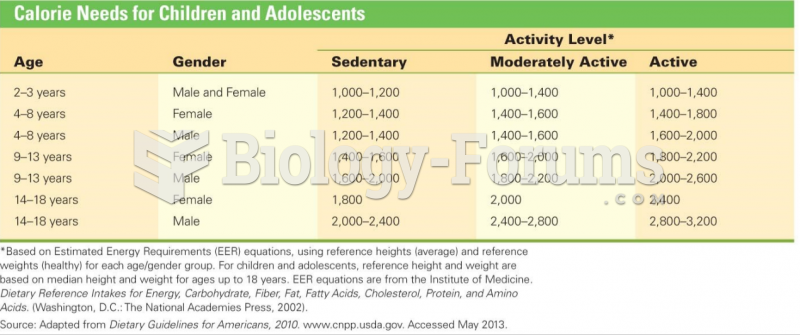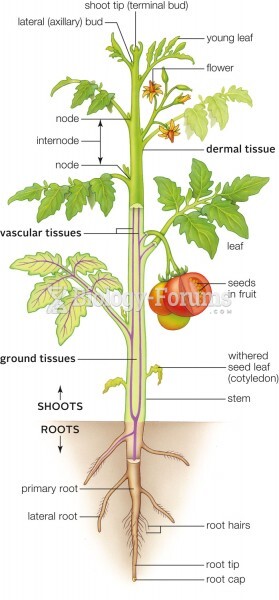|
|
|
The longest a person has survived after a heart transplant is 24 years.
The immune system needs 9.5 hours of sleep in total darkness to recharge completely.
The first oncogene was discovered in 1970 and was termed SRC (pronounced "SARK").
There can actually be a 25-hour time difference between certain locations in the world. The International Date Line passes between the islands of Samoa and American Samoa. It is not a straight line, but "zig-zags" around various island chains. Therefore, Samoa and nearby islands have one date, while American Samoa and nearby islands are one day behind. Daylight saving time is used in some islands, but not in others—further shifting the hours out of sync with natural time.
Women are two-thirds more likely than men to develop irritable bowel syndrome. This may be attributable to hormonal changes related to their menstrual cycles.







